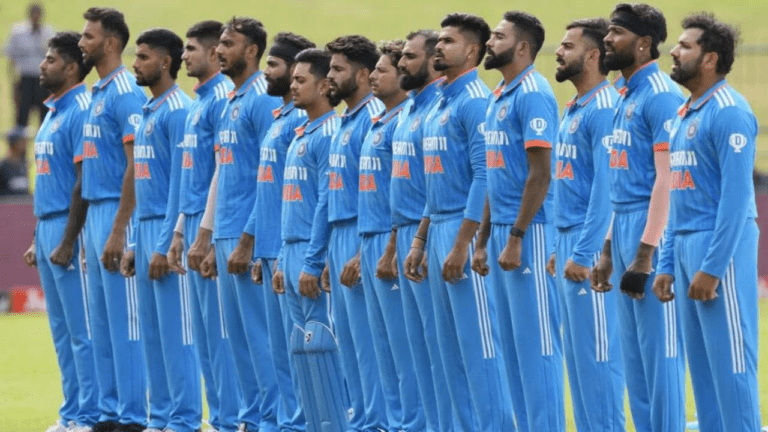The Impact of IPL on India’s Cricketing Hegemony: Global Perspectives
Online Cricket ID, Play99exch: The Indian Premier League (IPL) has significantly transformed the landscape of cricket worldwide. Since its inception in 2008, the IPL has grown to become one of the most popular and lucrative cricket leagues globally. Its unique franchise-based model, star-studded lineups, and high-octane matches have captured the imagination of cricket fans across the world, leading to a surge in the league’s popularity and influence.
With top international players participating in the IPL alongside talented Indian cricketers, the league has elevated the standard of competition and raised the profile of cricketers from various countries. The IPL has not only provided a platform for emerging talents to showcase their skills but has also allowed established players to hone their abilities in a competitive environment. Moreover, the league’s innovative approach to the game, including introducing new formats like the shorter T20 matches, has contributed to the evolution of cricket and has influenced the way the sport is played globally.
Challenges Faced by Other Cricketing Nations Due to IPL Dominance
The Indian Premier League (IPL) has undeniably emerged as a dominant force in the world of cricket, attracting top talent and lucrative deals. This has created a scenario where other cricketing nations are facing significant challenges in maintaining their own domestic leagues and retaining players due to the allure of the IPL. The financial prowess of the IPL has not only enticed players from various countries to participate in the league but has also impacted the availability of international players for their respective national teams.
Moreover, the scheduling conflicts between the IPL and international cricketing events have further exacerbated the challenges faced by other cricketing nations. With the IPL commanding a substantial portion of the cricket calendar, it has become increasingly difficult for countries to organize bilateral series or tournaments without overlapping with the IPL schedule. This has led to a situation where players are often forced to choose between representing their national team or prioritizing their commitments to IPL franchises, ultimately affecting the overall competitive balance in international cricket.
The Commercialization of Cricket and Its Effects on the Global Landscape
Cricket, once considered a gentleman’s game, has transformed into a lucrative business opportunity with the rise of commercialization in the sport. The infusion of heavy investments, sponsorships, and endorsements has resulted in a shift from traditional values to a more profit-driven approach. As a consequence, cricket has witnessed a surge in revenue streams and global reach, attracting a wider audience beyond its traditional strongholds.
The commercialization of cricket has brought about a series of transformations in the global landscape of the sport. New leagues such as the Indian Premier League (IPL) have emerged as major players, challenging the supremacy of traditional cricketing nations. This shift in power dynamics has not only reshaped the competitive structure of the game but also posed significant challenges for smaller cricketing nations striving to compete on an equal footing. The commercialization wave has undeniably altered the dynamics of cricket, paving the way for a more commercially driven and globally interconnected sport.







